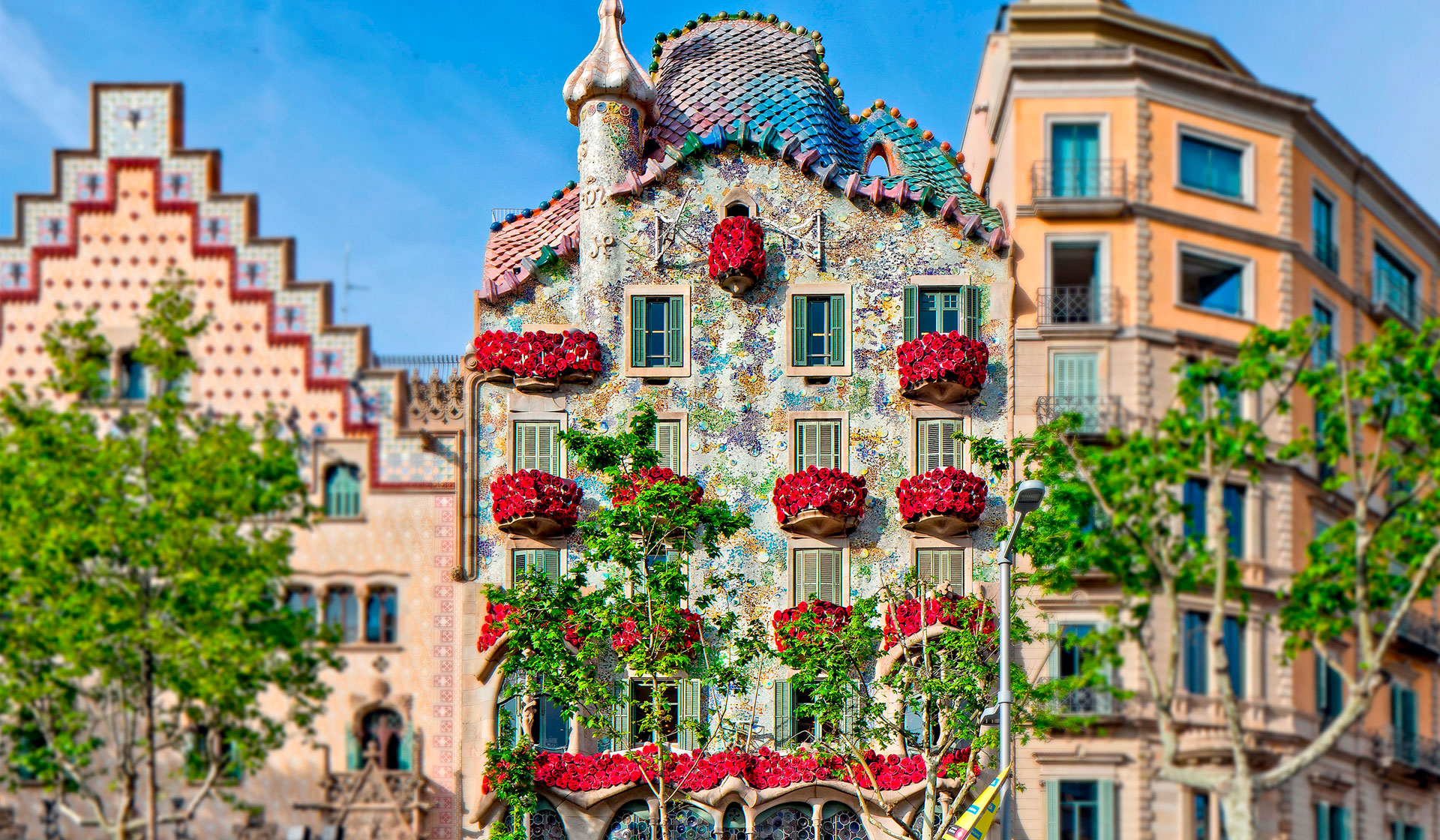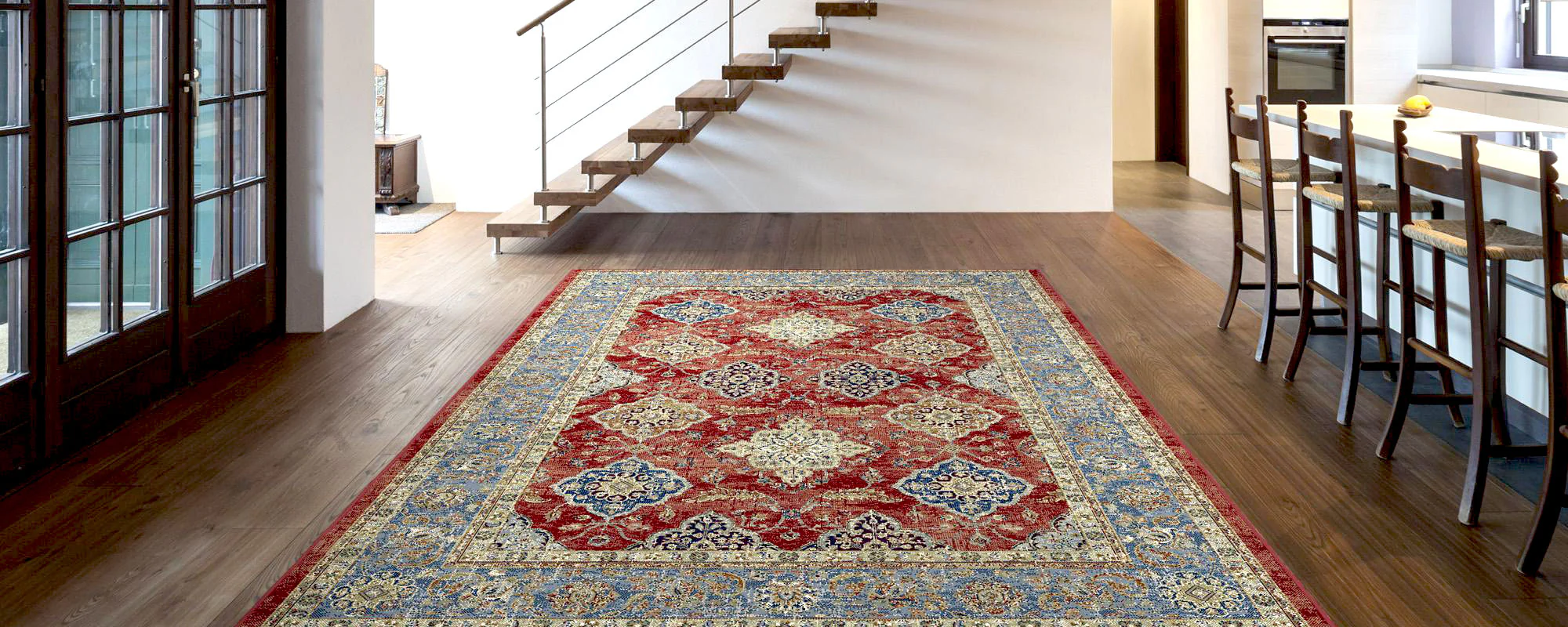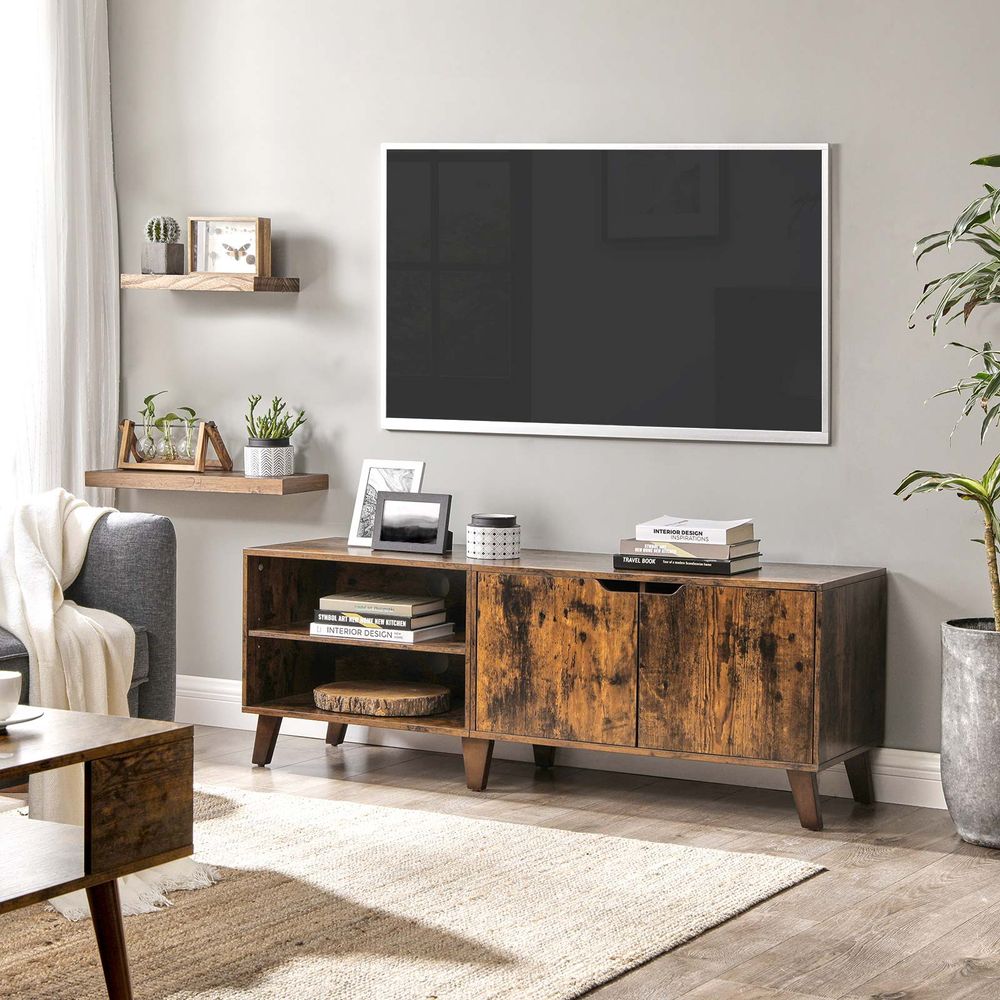Introduction to Casa Batlló

Being situated in the middle of the Barcelona city, Casa Batlló is one of the key examples of the late Modernist architect Antoni Gaudí’s creativity. Constructed between 1904 and 1906 by the famous architect Antonio Gaudí, this is one of the most distinctive buildings in the city and a fine example of the functional and stylistic approach to design that is characteristic of the architect’s work. Its design is inspired by the nature and its exterior is the exquisite combination of the forms and the colours. Casa Batlló has been called a masterpiece because of its undulating balconies that resemble dragon skin and the mosaic like pattern created by Gaudí’s trencadís.
The internal innovative parts of Casa Batlló still attract many tourists. Light from the outside passing through the stained glass brings light to the central staircase which becomes the center of attraction that encourages people to explore the surrealist reality inside the structure. The level of detail that Gaudí put into the design of each room can be seen in such aspects as the fireplace that resembles the mouth of a dragon and the ceiling that has been designed to look like waves. As an example of modern architecture, Casa Batlló is one of the most significant and beautiful buildings of the early twentieth-century artistic renaissance in Barcelona.
History and Architectural Significance

The well-known businessman Josep Batlló hired the construction of Casa Batlló as a dwelling that reflected the modernity of the period. Gaudí transformed the building into a symbol of the Catalan Modernism which is famous for its organic design and the use of natural elements. The exterior of the building is one of the best examples of the architectural design of Gaudí where he has designed the balconettes with a structural frame and very ornamental. The fact that Casa Batlló is a World Heritage is an attestation to how important it is in the annals of architecture, how much Gaudí influenced the Catalan School and how creatively he used light and space.
Casa Batlló has a very significant cultural value that is not only associated with the building’s architecture; it is a symbol of the cultural revival of Catalonia. This is a vivid example of creative spirit that was in Barcelona during the period of Modernist, when the city was experiencing the revival in art and culture. Casa Batlló remains an example of art and architecture to this day and people from all over the world visit the building to admire its unique appearance and to find out more about its history. Casa Batlló, one of the most famous works of Gaudí, will last for many years due to the educational programs, cultural activities, and exhibitions that are informative and fascinating.
Exploring the Exterior

When approaching Casa Batlló, you are about to step into a world of art and architecture and a living symbiosis with nature. The intricate shapes, the natural and organic shapes and the use of bright colours and detailed ornamentation that is used on the façade of Casa Batlló alone can be regarded as art. The building that was designed by Antoni Gaudí at the beginning of the twentieth century is quite distinguishable by its wavy balconies that resembles dragon’s scales due to the fact that Gaudí used the legendary creature as inspiration.
Application of trencadís, fragments of ceramics by Gaudí makes the façade of Casa Batlló more complex and provides a depth and when light is thrown on the façade, it bounces off in various patterns. Besides enhancing the aesthetics of the building, this manner of mosaics is a demonstration of Gaudí’s commitment to using natural elements in his structures. Casa Batlló is a famous work of Gaudí where visitors can see the rooftop terrace with the view of Barcelona, and where one can observe the playfulness as well as functionality of this architect’s works.
The Interior: A Journey of Discovery

From the entry to the different parts of the house, one can easily appreciate the creativity and innovation that was put to every corner of Casa Batlló as if one is in a fairy tale world. The rooms inside Casa Batlló are another proof of the greatness of Antoni Gaudí and how he managed to blend art and functionality. The central stairway is the essence of the building that is decorated with bannisters and stained glass windows. This is because it connects the floors and at the same time urges people to explore the construction’s intricate structure.
The shapes of the ceilings are very dynamic and the colours of the walls of Casa Batlló are very bright and therefore each room is unique. Interior spaces open up and are welcoming due to the application of natural light and ventilation principles by Gaudí that also work to stimulate the visitor’s senses. The stonework of the walls and the floors of Casa Batlló are covered with mosaic tiles, which is only one of the instances that show the level of detail in the interior design. The beautiful woodwork is just one more example. The meticulous work on each component creates an equilibrium in the living environment that combines architecture and art, so that the guests can immerse themselves in Gaudí’s creative universe.
Cultural Impact and Legacy

That is why Casa Batlló has a cultural value, which is important for people of different countries and does not only belong to the sphere of architecture. This work is an example of the Modernist period of Barcelona’s cultural rebirth and the spirit of the Catalan identity and creative innovation. The importance of the building in the history of architecture is also underlined by the fact that the building is included in the list of UNESCO World Heritage Sites; the work of Gaudí and the influence of his works in the development of Catalan Modernism.
Being one of the most important cultural landmarks of Barcelona, Casa Batlló remains a place that inspires architects, artists, and tourists at present. Its history is respected and the culture of art and architecture is promoted by educational activities, performances, and shows, which take place inside the building. Apart from the construction of Casa Batlló, the building has a worldwide influence on modern art and design and can be considered as evidence of Gaudí’s continuous influence on the theoretical and practical aspects of architecture.
Visitor Experience and Practical Information

Casa Batlló is a historical building that has been turned into an exciting journey through sight, sound and touch. The history of the building will be effectively depicted by the use of technological tools like touch screens and the provision of guided tours that will explain Gaudí’s design principles. Every visit is going to be informative and enjoyable. Every person, including persons with disabilities, has the opportunity to enjoy the architectural design of Casa Batlló due to the museum’s inclusion policy.
The incorporation of such details as admission prices, opening hours, and nearby facilities contributes to convenient planning of the trip. Casa Batlló is situated in the Eixample district of Barcelona, so it is easy to get there by metro/bus/tram and it is also possible to visit other Barcelona’s cultural and Modernist landmarks. A visit to Casa Batlló offers the tourists an opportunity to tour the architectural masterpiece and or to engage in a cultural activity that captures the essence of Barcelona art and culture.










